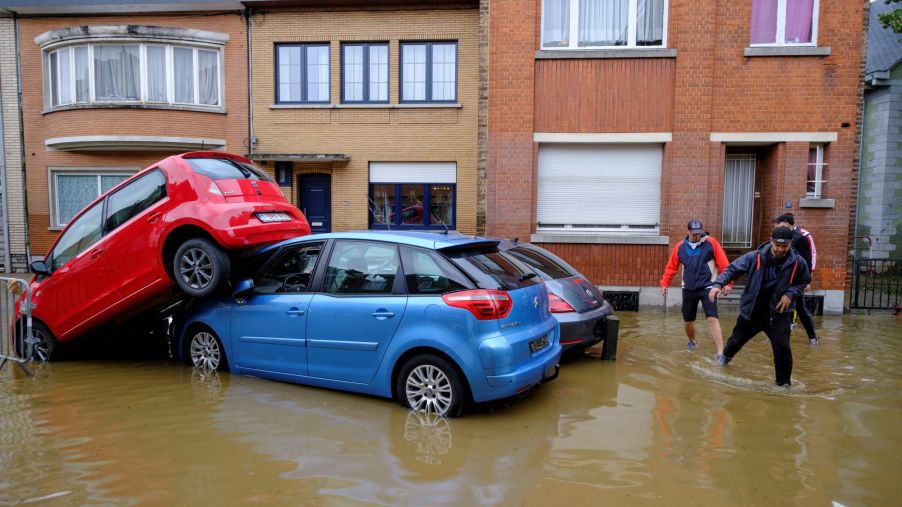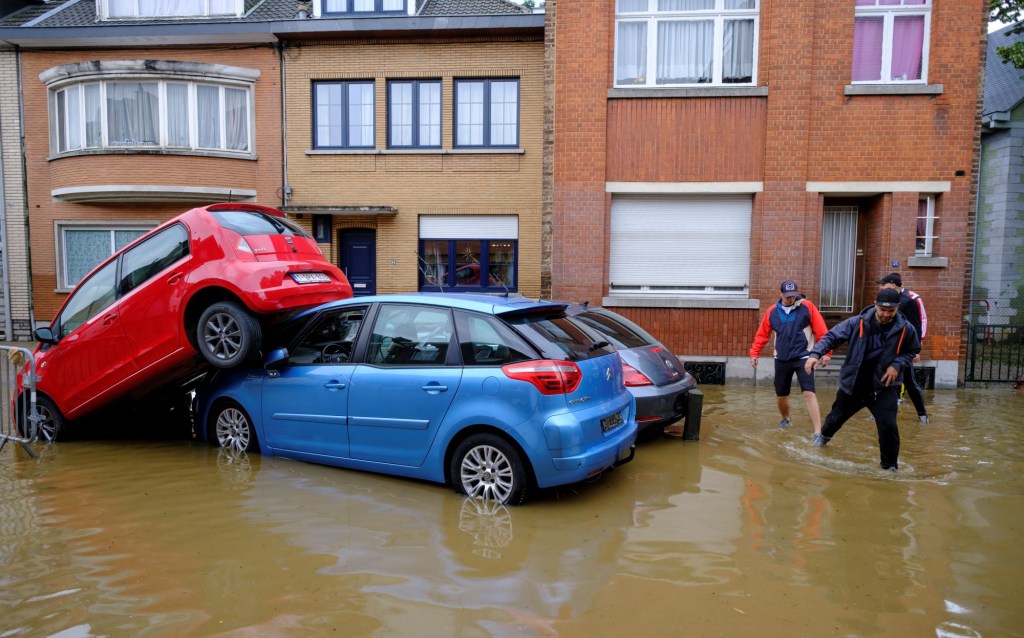
Climate Change Is Causing More Car Accidents
Today, global warming is part of the challenges facing humanity because it directly impacts the environment. For that reason, efforts to tame the effects of climate change are in high gear, with more nations focusing on reducing greenhouse emissions, investing in renewable energy, and, recently, the introduction of EVs. However, as the world waits to see the impact of each of these initiatives on weather patterns, it is evident that climate change has far-reaching effects, including increasing the number of car accidents.
How do climate change and natural disasters increase car accidents?

When temperatures increase, vehicles tend to overheat, and tires deteriorate quickly. That means that it is not unusual to see a car going up in flames in scorching weather conditions, and the risk of losing control increases as the tires on your car deteriorate since they have no grip on most terrain. On the other hand, fog, snow, and heavy rainfall reduce visibility when driving.
Driving when you cannot see beyond your hood is dangerous because you cannot tell what to expect at a safe braking distance, which increases your susceptibility to road accidents. You also probably fear for your safety when driving in such bad weather. That affects your brain’s ability to think clearly when it counts most, and it also slackens your reaction time. When that is the case, avoiding a car accident becomes a challenge, and there is also the risk of injuries and, worse still, casualties.
In other cases, snow may cover the lines on the road, meaning it may be hard to tell if you are driving in the right lane. So, if you suddenly discover that you are in the way of an oncoming vehicle, you may swerve to avoid hitting the other automobile, and the aftermath may be tragic due to patches of ice.
Additionally, even when snow and ice aren’t present, braking suddenly while on such a road can cause your vehicle to spin out of control. If you live in an area that experiences strong winds, driving in such conditions is risky. Such winds can blow your car off course, causing it to collide with other vehicles, objects, or structures. Strong winds can also cause your vehicle to collide with debris tumbling across the road, and that can damage your car and cause injuries.
Flooding is the other challenge that drivers contend with on various occasions. Whether it is unexpected or an assumption that the water on the road is shallow enough for you to navigate, floods can wreak havoc on your vehicle. Apart from submerging your car in the water, floods can scratch, hit, and bombard your vehicle with the debris and junk carried along the way to the extent of breaking your windows. When that happens, your car sinks in water, putting passengers in further danger.
What actions are being taken to prevent/reduce climate change accidents?
Planning for uncertainty
According to The Verge, hazards resulting from natural disasters are unpredictable, and that is why resilience instead of risk should be a priority for future infrastructure design and operation. An example is deploying microgrids ahead of hurricanes to serve as an alternative when primary infrastructure fails. Additionally, planners can design infrastructure systems that reduce the impact on the economy and human life when the primary system fails.
The Netherlands is leveraging this plan by allowing Rhine Delta rivers to flood and barring people from living in the flood plain. Additionally, farmers receive compensation for any crops they lose during this practice.
Designing from past experiences while considering future needs
Infrastructure systems act as the front line of defense against natural calamities, according to Smithsonian Magazine. So, designing infrastructure according to past extreme events can ensure that what you build today continues functioning if you face similar situations in the future. For instance, the design of transmission lines is within limits of the amount of power they can move while maintaining safe operating conditions relative to air temperatures.
On the other hand, the sizing of pumps is according to historical precipitation events. As much as that is the case, managers should also consider systems that will address future needs, the United States Environmental Protection Agency reported.


